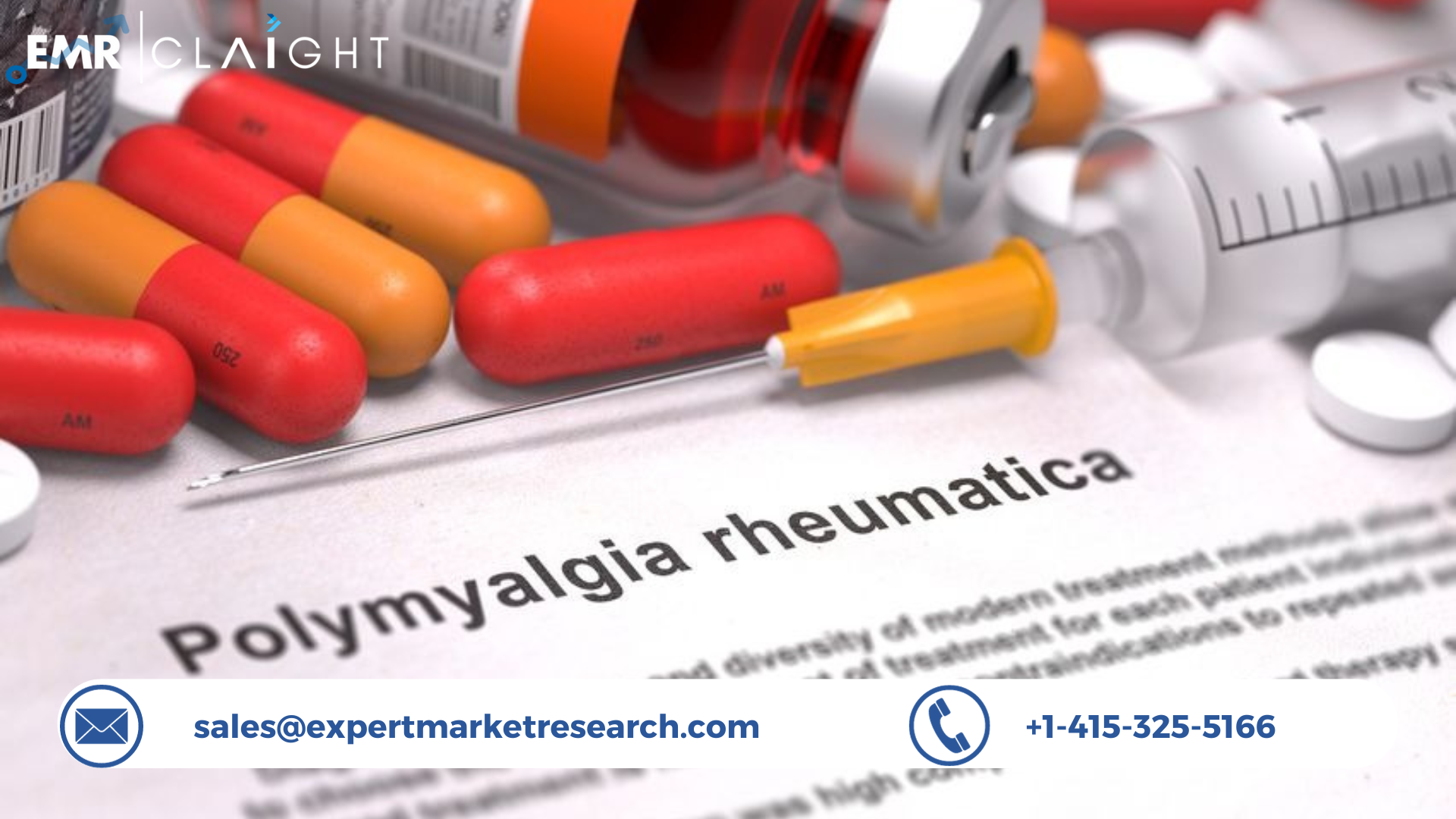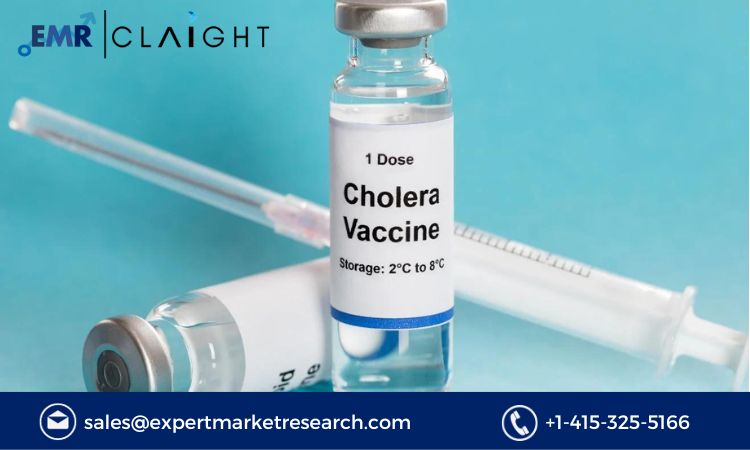Diabetic Macular Edema Market Outlook
The diabetic macular edema market size was valued at USD 6.7 billion in 2023, driven by the increasing incidence of diabetes cases within the 8 major markets. The market size is anticipated to grow at a CAGR of 5.1% during the forecast period of 2024-2032 to achieve a value of USD 10.4 billion by 2032.
Diabetic Macular Edema: Introduction
Diabetic Macular Edema (DME) is a significant complication of diabetes mellitus, affecting the central portion of the retina called the macula. This condition arises from chronic hyperglycemia-induced damage to retinal blood vessels, leading to fluid leakage and swelling in the macula. DME is a leading cause of vision impairment and blindness among diabetic patients, particularly those with long-standing or poorly controlled diabetes. The impact on quality of life is substantial, making early detection and effective management critical. Treatment options include intravitreal injections of anti-VEGF agents, corticosteroids, and laser therapy, which aim to reduce macular swelling and preserve vision.
Get a Free Sample Report with Table of Contents –
Key Trends in the Global Diabetic Macular Edema Market
The diabetic macular edema (DME) market is experiencing significant growth, driven by several key trends:
• Increasing Prevalence of Diabetes: The rising global incidence of diabetes is a major driver for the DME market. As more people develop diabetes, the number of patients at risk for DME also increases, necessitating advanced treatment options.
• Advancements in Treatment: Innovative therapies, particularly the development of anti-VEGF (vascular endothelial growth factor) drugs, have revolutionized DME treatment. Drugs like ranibizumab, aflibercept, and bevacizumab are now widely used to reduce macular swelling and improve vision outcomes. Additionally, corticosteroid implants provide long-term treatment options for patients unresponsive to anti-VEGF therapy.
• Technological Progress in Diagnostics: Improved diagnostic tools, such as optical coherence tomography (OCT), allow for earlier and more accurate detection of DME. These advancements enable timely intervention, improving patient outcomes and reducing the risk of severe vision loss.
• Increasing Awareness and Screening Programs: Enhanced awareness about diabetic complications and the importance of regular eye examinations are driving early detection and treatment of DME. Screening programs, particularly in regions with high diabetes prevalence, are instrumental in identifying patients at an early stage.
• Growing Geriatric Population: The aging global population contributes to the increasing number of diabetes cases, and consequently, DME. Older adults are at higher risk for both diabetes and its complications, including DME, underscoring the need for effective management strategies.
• Emerging Markets: Developing countries are witnessing a surge in diabetes cases, which is expected to boost the DME market. Improved healthcare infrastructure and increasing access to advanced treatments in these regions are key growth factors.
• Regulatory Approvals and Reimbursements: Favorable regulatory policies and the approval of new drugs enhance market growth. Additionally, insurance coverage and reimbursement for DME treatments make these therapies more accessible to patients.
• Collaborations and Partnerships: Pharmaceutical companies are increasingly engaging in collaborations and partnerships to enhance research and development efforts, streamline production, and expand their market reach.
These trends collectively contribute to the dynamic growth of the diabetic macular edema market, highlighting the importance of innovation, early detection, and global accessibility to effective treatments.
Read Full Report with Table of Contents – https://www.expertmarketresearch.com/reports/diabetic-macular-edema-market
Diabetic Macular Edema Market Segmentation
Market Breakup by Disease Type
• Focal Diabetic Macular Edema (DME)
• Diffuse Diabetic Macular Edema (DME)
Market Breakup by Treatment Type
• Oral Iron Therapy
• Parenteral Iron Therapy
• Red Blood Cell Transfusion
Market Breakup by Diagnosis
• Hospitals Fluorescein Angiography
• Fundus Imaging
• Optical Coherence Tomography (OCT)
• Others
Market Breakup by Route of Administration
• Intravitreal Injection
• Intravitreal Implants
Market Breakup by Distribution Channel
• Hospital Pharmacy
• Retail Pharmacy
• Online Pharmacy
• Others
Market Breakup by End User
• Hospitals
• Clinics
• Home Healthcare
• Others
Market Breakup by Region
• United States
• EU-4 and the United Kingdom
o Germany
o France
o Italy
o Spain
o United Kingdom
• Japan
• India
Diabetic Macular Edema Market Overview
The diabetic macular edema (DME) market is poised for substantial growth, driven by the increasing prevalence of diabetes and advancements in treatment options. DME, a leading cause of vision impairment among diabetics, requires innovative and effective therapies to manage this chronic condition.
In the United States, the market is experiencing robust growth due to a high prevalence of diabetes and strong healthcare infrastructure. The widespread availability of advanced diagnostic tools and treatment options, such as anti-VEGF therapies, is driving market expansion. Moreover, increasing awareness about diabetic complications and regular screening programs contribute to early detection and management of DME, enhancing patient outcomes.
The EU-4 countries (Germany, France, Italy, and Spain) and the United Kingdom present a diverse landscape for the DME market. In Germany, a well-established healthcare system and significant investments in research and development are propelling the market forward. Germany’s focus on innovative treatments and its extensive network of specialized eye care centers support market growth. France is also witnessing steady growth, driven by strong government support for healthcare initiatives and an increasing focus on early diagnosis and treatment of diabetic complications. Italy and Spain, with their aging populations and rising diabetes prevalence, are seeing growing demand for effective DME therapies. The United Kingdom, known for its robust healthcare policies and comprehensive diabetes care programs, is also contributing significantly to the market.
Japan is another key market for DME treatments, characterized by a rapidly aging population and a high prevalence of diabetes. The Japanese healthcare system’s emphasis on early diagnosis and advanced treatment options is fostering market growth. Additionally, Japan’s commitment to research and development in ophthalmology ensures the continuous introduction of innovative therapies.
India represents a burgeoning market for DME treatments, driven by a rapidly increasing diabetes population and improving healthcare infrastructure. Despite challenges such as limited access to advanced treatments in rural areas, the growing awareness about diabetic eye complications and the government’s efforts to enhance healthcare accessibility are positive indicators for market growth. India’s pharmaceutical industry is also making strides in developing cost-effective treatment options, which could further boost market expansion.
Overall, the global DME market is characterized by significant regional variations in terms of healthcare infrastructure, access to advanced treatments, and awareness levels. Developed regions like the United States, EU-4, the United Kingdom, and Japan benefit from well-established healthcare systems, strong support for research and development, and widespread access to innovative therapies. These regions are expected to continue leading the market, driven by ongoing advancements in treatment options and increasing awareness about the importance of early diagnosis and management of diabetic complications.
Emerging markets, particularly India, present substantial growth opportunities due to their large diabetic populations and improving healthcare infrastructure. However, challenges such as limited access to advanced treatments and varying levels of awareness need to be addressed to fully realize the market potential in these regions.
Diabetic Macular Edema Market: Competitor Landscape
The key features of the market report include patent analysis, grants analysis, clinical trials analysis, funding and investment analysis, partnerships, and collaborations analysis by the leading key players. The major companies in the market are as follows:
• LEO Pharma: It was established in 1908, and is headquartered in Ballerup, Denmark. The company specializes in dermatology and critical care, offering a robust portfolio that includes treatments for psoriasis, eczema, acne, and actinic keratosis. LEO Pharma is known for its innovative approach to skincare solutions, aiming to improve the quality of life for patients with skin conditions. Their commitment to research and development has positioned them as a leader in dermatological treatments, with a strong presence in both prescription and over-the-counter markets.
• Amneal Pharmaceuticals: It was founded in 2002 and is headquartered in Bridgewater, New Jersey, USA. The company focuses on the development, manufacturing, and distribution of generic and specialty pharmaceutical products. Amneal’s diverse portfolio includes complex generics, injectables, biosimilars, and branded specialty products across various therapeutic areas. Known for its commitment to quality and affordability, Amneal strives to enhance patient access to essential medications, leveraging its extensive manufacturing capabilities and robust pipeline of new products.
• AstraZeneca: Established in 1999 through the merger of Astra AB and Zeneca Group, is headquartered in Cambridge, United Kingdom. The company’s portfolio spans oncology, cardiovascular, renal & metabolism, and respiratory diseases. AstraZeneca is renowned for its innovative medicines and significant contributions to advancing treatment options for various serious health conditions. With a strong focus on research and development, AstraZeneca continues to lead in the biopharmaceutical industry, addressing unmet medical needs through cutting-edge therapies and strategic partnerships.
• Johnson & Johnson: Founded in 1886, is headquartered in New Brunswick, New Jersey, USA. The company operates through three primary segments: Consumer Health, Medical Devices, and Pharmaceuticals. Its pharmaceutical division, Janssen, focuses on developing treatments for a wide range of therapeutic areas, including immunology, oncology, neuroscience, infectious diseases, and cardiovascular diseases. Johnson & Johnson is committed to improving global health through innovative products, extensive research, and comprehensive healthcare solutions, maintaining a strong presence in the global healthcare market.
• Bausch Health Companies Inc.: It was originally founded as Valeant Pharmaceuticals in 1959, is headquartered in Laval, Quebec, Canada. The company specializes in pharmaceuticals, medical devices, and over-the-counter products, with a significant focus on eye health, gastroenterology, and dermatology. Bausch Health’s portfolio includes well-known brands like Bausch + Lomb, Salix Pharmaceuticals, and Ortho Dermatologics. The company is dedicated to improving patients’ lives by providing high-quality, accessible healthcare solutions and continuously investing in research and development to expand its product offerings.
• Eli Lilly and Company: It was established in 1876, is headquartered in Indianapolis, Indiana, USA. The company is renowned for its innovative pharmaceuticals, focusing on areas such as diabetes, oncology, immunology, and neuroscience. Eli Lilly’s commitment to research and development has led to groundbreaking treatments, including insulin therapy and various cancer medications. The company aims to make life better for people around the world by developing and delivering high-quality pharmaceutical products and collaborating with healthcare professionals to address unmet medical needs.
Other key players in the market are AbbVie Inc., F. Hoffmann-La Roche Ltd., Mylan N.V., and Abbott.
About Us:
Acquire unparalleled access to critical industry insights with our comprehensive market research reports, meticulously prepared by a team of seasoned experts. These reports are designed to equip decision-makers with an in-depth understanding of prevailing market trends, competitive landscapes, and growth opportunities.
Our high-quality, data-driven analyses provide the essential framework for organisations seeking to make informed and strategic decisions in an increasingly complex and rapidly evolving business environment. By investing in our market research reports, you can ensure your organisation remains agile, proactive, and poised for success in today’s competitive market.
Don’t miss the opportunity to elevate your business intelligence and fortify your strategic planning. Secure your organisation’s future success by acquiring one of our Expert Market Research reports today.
Media Contact:
Company Name: Claight Corporation
Contact Person: Jhon Roy, Business Consultant
Email: sales@expertmarketresearch.com
Toll Free Number: US +1-415-325-5166 | UK +44-702-402-5790
Address: 30 North Gould Street, Sheridan, WY 82801, USA
Website: www.expertmarketresearch.com



